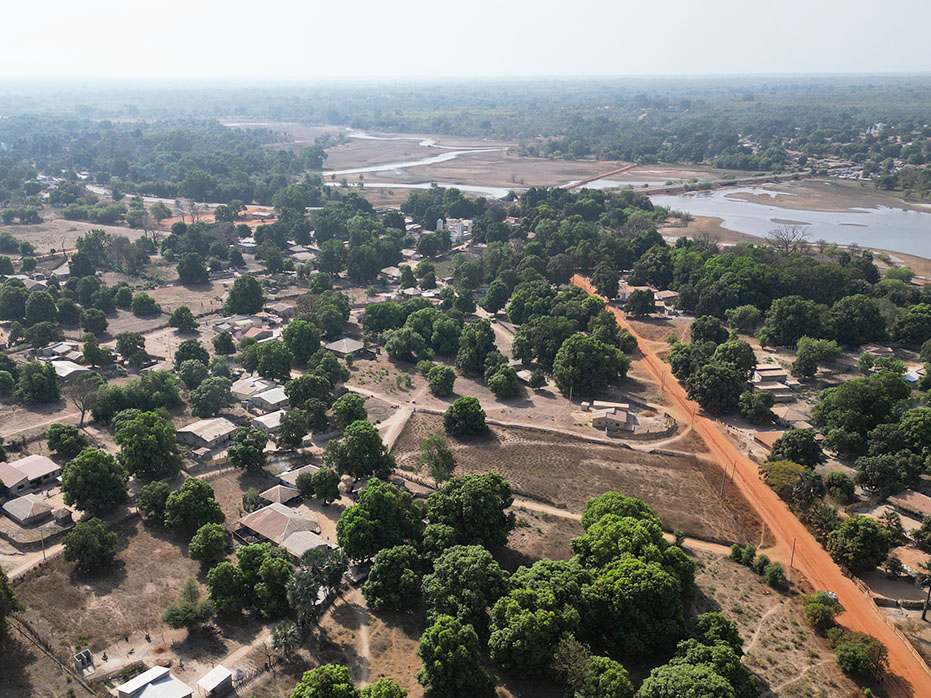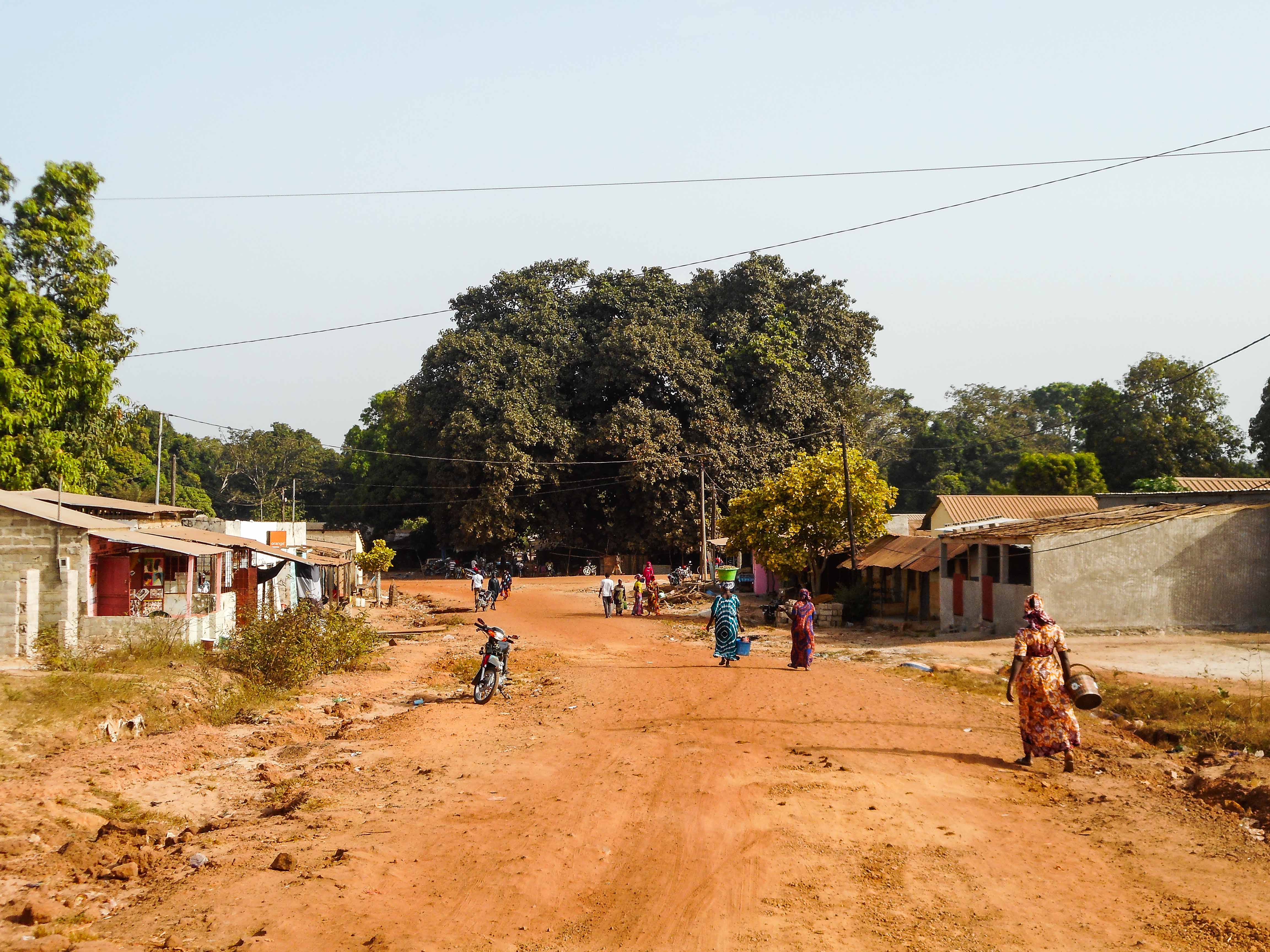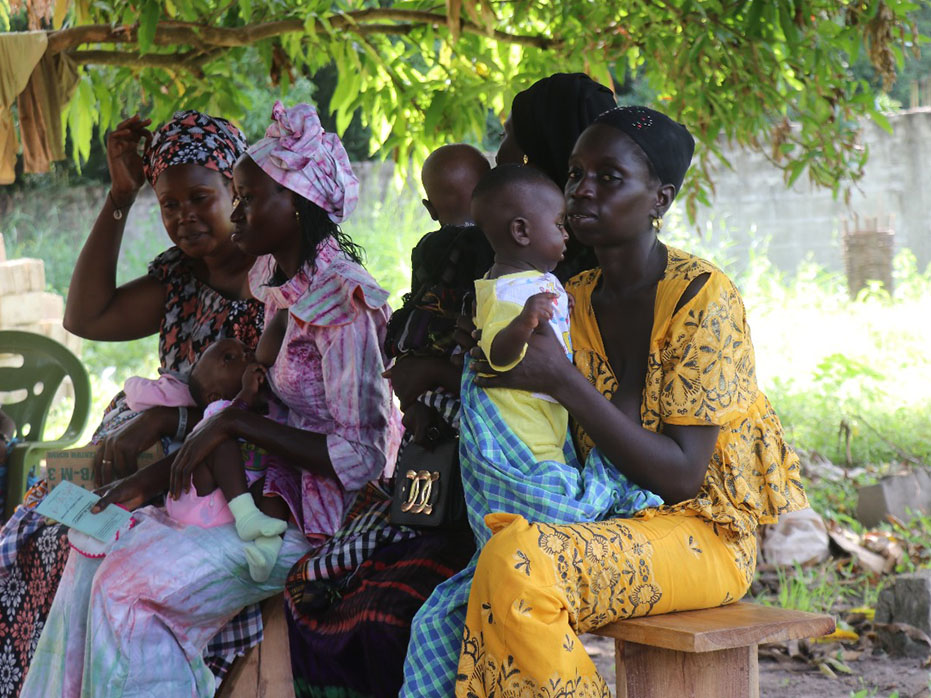Architecture Competition Brief
Maternity Centre
Pregnancy and giving birth constitute a crucial challenge in the lives of women in Sub-Saharan Africa. Every year, more than 200,000 women lose their lives due to a lack of basic care. Taking so many lives and resulting in more than 1 million orphans each year, this issue is often the result of complications that could be prevented or treated with access to basic medical care.
In Africa, one in 16 women risks dying giving birth to a new life, while in other parts of the world, thanks to prenatal care and specialised assistance during childbirth, this risk affects one in 35,000 women.
We are looking for a ‘Maternity Centre’ facility where women can feel safe, receive essential medical care, and enjoy optimal sanitary conditions as well as the presence of qualified medical staff.
Awards
€ 5,000 + Construction + Internship at Kengo Kuma (Japan)
1st Prize
5.000 €
Construction
Internship at Kengo Kuma & Associates, Japan
Sharing with partners
Exhibition & Events
Publication on the official book & magazines
Certificate
2nd Prize
2.000 €
Internship at EMBT Architects, Spain
Sharing with partners
Exhibition & Events
Publication on the official book & magazines
Certificate
3rd Prize
1.000 €
Internship at SBGA | Blengini Ghirardelli, Italy
Sharing with partners
Exhibition & Events
Publication on the official book & magazines
Certificate
2 Honorables Mentions
100 €
Sharing with partners
Exhibition & Events
Publication on the book
Certificate
5 Special Mentions
Exhibition & Events
Publication on the book
Certificate
20 Finalists
20 Top 50
Publication on the book
Certificate
All awarded projects will be published in the competition’s official book, on the official website, and on social networks of the competition. All projects will be transmitted to all media partners, international architectural websites and magazines. All projects will be shared with international, national and local institutions and associations.
Design: Maternity Centre
The objective of this competition is to select an architectural design for a Maternity Centre, offering healthcare throughout pregnancy. We are looking for an innovative model – an emblematic, cosy and professional place where every woman can feel safe.
The building must be designed as a humanitarian operation and for self-construction, i.e., without qualified personnel or construction companies, with the direct participation of the local community, without the use of heavy vehicles, and with sustainable technologies and local materials.
The project must include at least the following areas, which may be developed in one or more structures according to the architect’s vision:
Reception area and waiting room
Reserved area for healthcare personnel
Medical examination and consultation area
Operating area for caesarean sections
Neonatal observation area
Labour and delivery area
Registered participants will receive the following additional materials:
Lot size and orientation;
Factsheets, prices and pictures of some local materials;
Images of maternity in rural areas;
Templates of the papers to be submitted
Project framework
Senegal - Africa
The project is to be designed for the rural areas of southern Senegal. This is a country in western Sub-Saharan Africa bordering the Atlantic Ocean, Mauritania, Mali, Gambia and Guinea.
The national population is almost 18 million, concentrated mainly in the major urban centres and the capital, Dakar. The territory, mostly flat, stretches over about 200,000 km², on the hydrographic left of the river of the same name and the catchment areas of some smaller rivers such as the Gambia and the Casamance in the south, where lagoons develop.
The territory also extends into the so-called 'Sahel': the transition zone between the arid Saharan and humid regions of Guinean Africa.
The south of Senegal
The southern region, beyond the Gambia enclave, is called Casamance, after the river of the same name, and is divided into three administrative regions: Ziguinchor, Sedhiou and Kolda, totalling about 1.5 million inhabitants.
It is one of the least developed areas in the country, with an average urbanisation rate in rural areas of 8% and an average poverty rate of around 90%. The location is purely agricultural and the rural villages have an average of 1,500 inhabitants. The main towns of Ziguinchor, Kolda and Sedhiou have populations of 200,000, 65,000 and 30,000, respectively.
In the rural areas of Casamance, the quality of life is among the worst in the country, due to lack of development, lack of resources and infrastructure, and climate change, which severely affect agro-pastoral activities that are the primary source of self-sufficiency. Here, poverty is at its highest with 97% of the population; 88% of families have no access to drinking water; 60% of the population lives in dwellings without direct access to electricity and 98% of the dwellings have no sewage system; 60% of children leave school before high school.



Maternity
A maternity centre is an essential facility for the health of mother and child in developing regions where social, political, environmental and economic challenges make healthcare inaccessible. In sub-Saharan Africa, more than 200,000 women lose their lives each year during pregnancy and childbirth due to a lack of healthcare facilities, medical personnel and adequate sanitation.
In rural areas, each woman has to travel more than 50 kilometres on average to reach hospital facilities, but often, the costs of transport and medical care are prohibitive for the ordinary family. In addition, the lack of education, which affects more than 60% of women, hampers their chances of acquiring knowledge about good hygiene practices and the risks of early pregnancy and unassisted childbirth.
These issues lead six out of ten women to choose traditional home births, exposing parents and newborns to numerous health risks such as infections due to the use of unsterilised instruments, haemorrhage and foetal injuries that can cause irreversible damage or the death of the newborn.
With the aim of improving maternal and newborn care in Africa and around the world, the World Health Organisation (WHO) provides valuable guidelines. Some of its top recommendations include promoting access to healthcare and emergency services, reducing maternal and neonatal mortality through monitoring, promoting delivery in hygienic environments, eliminating harmful practices during childbirth, and promoting breastfeeding in the first six months of life.
Thus, building maternity centres could ensure adequate hygiene and health conditions for women, reduce mortality and protect the right to medical care.

